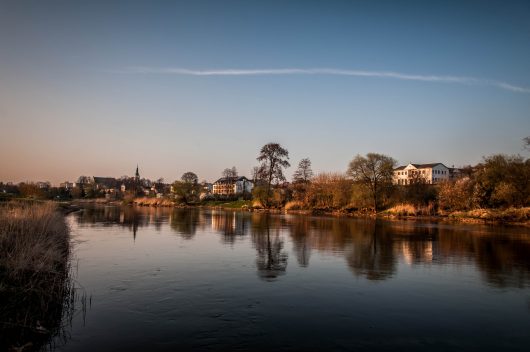10 Facts About the Polish Genocide
 Genocide brings to mind horrific images of concentration camps and apartheid rule, however, few picture the planned extermination of Poles in Volhynia by Ukrainian Nationalists in the 1940’s. Despite its impact on Polish history, it is still largely unknown. In hopes of spreading awareness, here are 10 facts about the Polish genocide:
Genocide brings to mind horrific images of concentration camps and apartheid rule, however, few picture the planned extermination of Poles in Volhynia by Ukrainian Nationalists in the 1940’s. Despite its impact on Polish history, it is still largely unknown. In hopes of spreading awareness, here are 10 facts about the Polish genocide:
- Genocide is defined as an act “committed with intent to destroy, in whole or in part, a national, ethnical, racial or religious group, as such,” by the 1948 UN Convention on the Prevention and Punishment of the Crime of Genocide.
- Prior to the outbreak of WWII, Volhynia had been divided between Russia and Poland. As nationalism crept through Germany and other parts of Europe, Volhynia became a coveted voivodeship (governorship) causing tensions between the Ukrainian population and the Poles (at the time Ukraine was part of a changing political landscape).
- Volhynia was an agricultural region in the northeast of pre-war Poland and was referred to in Polish mythology as the Kresy (Borderlands).
- The interwar Polish political climate was full of discriminatory practices that gave rise to a drastic anti-Polish sentiment among many Ukrainians. For instance, Ukrainians were barred from government jobs, protests were suppressed and Orthodox churches were destroyed with people forced to convert to Catholicism.
- Between 1942 and 1945 the Bandera faction of the Organization of Ukrainian Nationalists (OUN-B) and its military counterpart the Ukrainian Insurgent Army (UPA) carried out an ethnic cleansing of Polish Volhynians as a means of ensuring that Volhynia would not remain under Polish control.
- The massacre was staged to look like an unplanned peasant riot as part of an “anti-polish operation.” UPA documents recorded the planned extermination of the Polish population and recounted that “the resistance of the Polish self-defense diminished to an extent that the Ukrainian operations recall German actions against the Jews.”
- The UPA units that carried out the massacres used axes instead of firearms and recruited Ukrainian peasants to reinforce the façade of a spontaneous uprising. A survivor recalls the brutality, describing the slaughter of a church mass with body parts strewn around and having to see a young man she lived with dragged behind a carriage and then thrown at the house. Historians estimate 60,000 Polish civilians were killed.
- The aggression between Ukrainians and Poles was not limited to the region of Volhynia, it was also present in other parts of the region with mixed populations like Lvov, Tarnopol, Stanisławów and other voivodeships bordering Volhynia.
- Poles killed during the Polish-Ukrainian clashes in the city of Lvov were commemorated by the Eaglet Cemetery (Cmentarz Orlat), which was destroyed under Soviet rule.In 2005 the Eaglet cemetery reopened with the attendance of both Polish and Ukrainian presidents, a major moment in Polish-Ukrainian history.
- The massacre of Polish citizens in Volhynia was not originally classified as a genocide. In 2013 Polish Parliament voted to refer to the events as an ethnic cleansing with signs of genocide in an effort to improve Polish-Ukrainian relations. In 2016 a resolution adopted by 432 lawmakers of the 460-seat parliament stated, “The victims of the crime committed in the 1940’s by Ukrainian nationalists were not duly commemorated, and the mass murder was not defined as genocide in accordance with the historical truth.”
Even after its classification as genocide, the Volhynian massacres remain unknown to many Ukrainians. Awareness is spreading as Polish leadership seeks to edify the public about this historic tragedy. As politics change and new global leadership arises there is hope that this remembrance of history will encourage a more peaceful future.
– Rebekah Korn
Photo: Flickr
